
This post may contain affiliate links. You will not pay more, but I may receive a small commission which I’ll use to fill up my very empty gas tank! Thank you!
Choosing your homeschooling curriculum is no easy task.
It’s hard comparing curriculum and trying to decide which one will be the best for you and your child.
But it doesn’t have to be too difficult if you can figure out the basics first.
I’m going to let you in on my first steps so that you can look at the broad picture, and then narrow down your focus so that you can choose your next homeschool curriculum with confidence.
I should say, before we get too far, that I use an eclectic method to homeschooling.
Being eclectic means that I pull curriculum, ideas, videos, and techniques from everywhere.
While this may sound like the perfect choice for some, beware, you have just opened up the whole entire world of curriculum publishers to peruse, analyze, and choose from.
But don’t let that deter you, because once you find a curriculum publisher or series that fits you and your child, you will absolutely fall in love with it, and you will come back to it year after year.
So let’s get on with it.
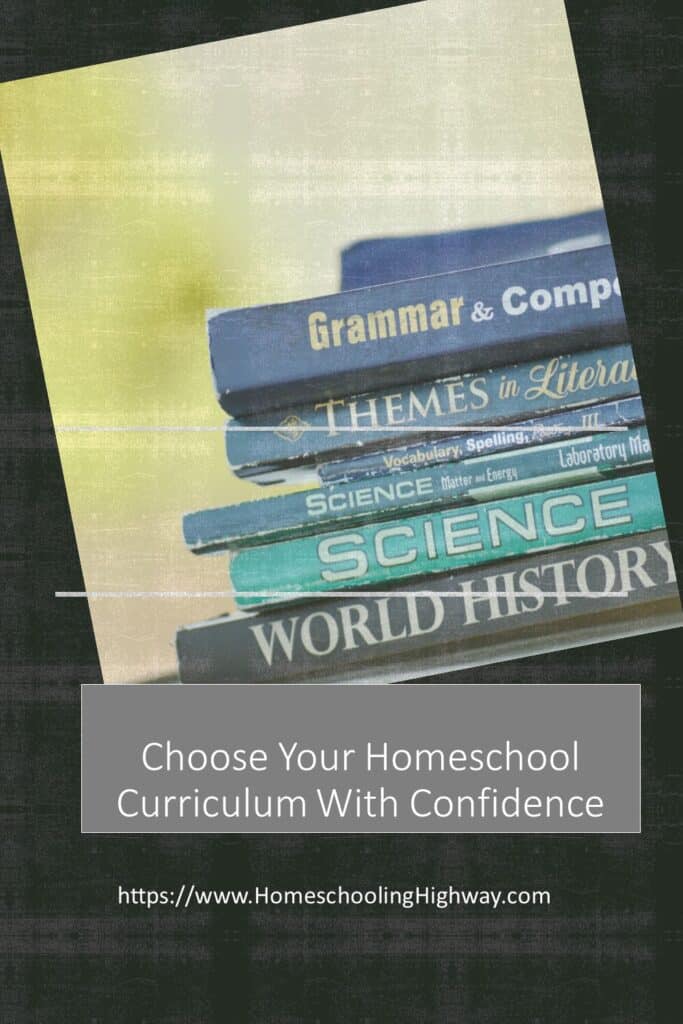
Step One: Identify the Legal Requirements
Each state has its own requirements for what your child should be studying for each grade.
Now granted, it most likely is a generic subject that they will tell you, but you should still know if you need to find a tenth grade science class for Junior or if you’re going to need a fifth grade health class for Suzie.
Homeschool Legal Defense Association (HSLDA) has a page where you can choose your state and they will lead you to the information where you can find exactly what is required of you, according to your specific state laws. It’s very nice of them.
If you’re required to be under an oversight group’s supervision, then they also will most likely have some guidelines that you should follow to be compliant with the state laws.
You’ll have to talk with your oversight administrator and make sure you have the exact details of what is required of your child for the coming year.
Most likely, for Kindergarten to fifth grade, you will need all the basic subjects: math, social studies/history, science, language arts (reading/phonics, writing, spelling, grammar), health, art and physical education.
For sixth through eighth grade, you will probably need all of the basic subjects, but you should also look into the fact that the subjects are getting harder.

More states now are requiring pre-algebra and introduction into geometry during the middle school years.
Also, high school credits are now being opened up to middle schoolers, either required credits or voluntary credits. So, it’s wise to know this stuff ahead of time, for your state.
High School is where the real fun begins as the basic subjects are now extremely focused into specific areas of study.
Each state and oversight group rules will be able to tell you how many credits are required for each basic subject.
For example, they’ll say you need three credits of science. So that could be biology, animal science, and veterinary science.
You as the parent, will have to keep that in mind as you order curriculum. You certainly don’t want to order something that is not an interest or isn’t even a credit/class that is needed to graduate.
I have more information regarding state laws on my Homeschooling Basics post.
Step Two: Identify Your Personal Requirements
We as parents know there are items that we think our children should learn that is not taught in a textbook or curriculum. You may want to think of these things so that you can add them in. It’s nice to plan ahead.
For instance, I think computers are going to be around for a while. Don’t you?
You may want to plan on a typing curriculum in the elementary years.
As your child grows, their computer skills should also increase.
It’s helpful to answer this question each year.
What do I think is important for my child to know about
computers right now?
Here is a list of possible ideas:
1. Computer basics
2. Computer and internet safety
3. Working with email
4. Using social media
5. Using word processing software
6. Web design
7. Blogging and Vlogging
How about Home Economics? I had this class when I was in middle school. It covered everything from cooking, cleaning, to personal hygiene.
I remember that shop class was also a requirement. Now you may not have access to drill presses and big power tools, but being able to handle a hammer, nail, and a saw, could come in useful one day.
As your son gets older, you may want to consider a home improvement class that covers basic electricity, plumbing, heating & air conditioning, and landscaping.
Automotive fundamentals is not a bad class either.
These types of classes may not be “required” but sometimes this basic stuff can get overlooked, and we are trying to raise our kids to be independent adults, right?
You may be at a loss for where to find these types of classes. I’m a big fan of SchoolhouseTeachers.com which has over 400 different classes/courses for every grade. I am an affiliate for them, but I wouldn’t recommend anything that I haven’t tried myself.
Take a look at these classes that they offer.
Step Three: Identify the Type of Teaching Assistance You will Need for Each Subject
Based on your own personality, interests, and talents, you will be able to figure out how much assistance you will need from a curriculum’s teacher’s book or publisher.
As you read through the descriptions below, think about each subject or topic that you decided on from above, and make a note on what you will be looking for in each teacher’s book, for each of those subjects.
#1: I am a confident teacher about this subject.
The teacher for this subject is o.k. with having a teacher’s book, but does not feel bound by it.
The teacher’s own knowledge for this subject is high, so she does not need to be told in the manual what to say or ask, and what the student’s response should be.
This teacher is confident enough, where a general outline of topics may be all that is necessary to have.
This teacher enjoys teaching this subject so much that she is able to come up with her own creative ideas and supplemental materials to enhance her children’s learning.
She does not feel that seeking out her own supplies is a burden for the ideas that she is able to come up with on her own.
#2: I am somewhat comfortable with this subject, but not one hundred percent sure.
The teacher for this subject would definitely prefer a teacher’s book that has the answers and examples on how to do problems.
She likes to see the pages that are assigned for the day, but does not feel compelled to follow it strictly, because of her own interest in the subject.
She would be happy with the option to use a “teacher asks/student says” format in the teacher’s manual for each lesson.
She would like supplemental and creative ideas for experiments or crafts, along with the list of supplies that will be needed. She would like the option of being able to order these supplies to come ready-to-use, if time becomes a factor.
#3: I am not comfortable at all with this subject
This teacher honestly admits that she will need a high level of help with this subject.
She will not be able to deviate from a lesson plan because she will be learning along with her child.
This teacher would be o.k. with another teacher teaching, but would still definitely need the answer key, with each answer explained and shown, how to do.
Any supplemental materials or creative options should be explained in detail, along with good pictures on how to do crafts or experiments.
This teacher would really like to have that availability to have all supplemental books, videos, craft supplies, and/or experiment supplies come packaged, organized and ready-to-go, as all of her energy will be focused on getting through the subject.
“Dear Homeschool Mom, You’ve got this! God called you to it, and He will see you through it. Inhale Grace. Exhale Doubt.”
― Tamara L. Chilver
Step Four: Identify Your Child’s Learning Style According to Their Senses
Each person learns things differently, and it changes with time and maturity. There are three ways that our senses help us to learn.
Analyzing your child, to see which way of learning is the most prominent, will help you know what to look for when choosing your curriculum.
* Visual Learner:
A child that is a visual learner, seems to remember what they see and can recall information just from visually picturing it again, in their mind.
Some may say this child has a photographic memory. This child enjoys plenty of colorful pictures, diagrams, maps, videos, and labels.
Memorizing spelling words comes easy.
* Auditory Learner:
This child remembers what she hears.
She may not need to be looking at the video to remember and retain what was said. You would probably never say that what you say to this child goes in one ear and out the other.
This child enjoys and can remember songs, jingles, commercials, and facts that are put to music.
This child also has the ability to do more than one thing at a time. He/she can be doing something with his/her hands, but also be listening and memorizing what is being said.
* Tactile/Kinesthetic Learner:
This child learns best with hands-on learning and moving around physically.
If you can make a concept more concrete instead of abstract, this child will understand it better and faster. Building a history lesson with play-do or blocks will keep this child more engaged and interested and then he/she will remember the lesson more.
This type of learner, requires more work for the teacher to come up with creative ideas to make the abstract principle more concrete.
Step Five: Do Your Research
Read Reviews
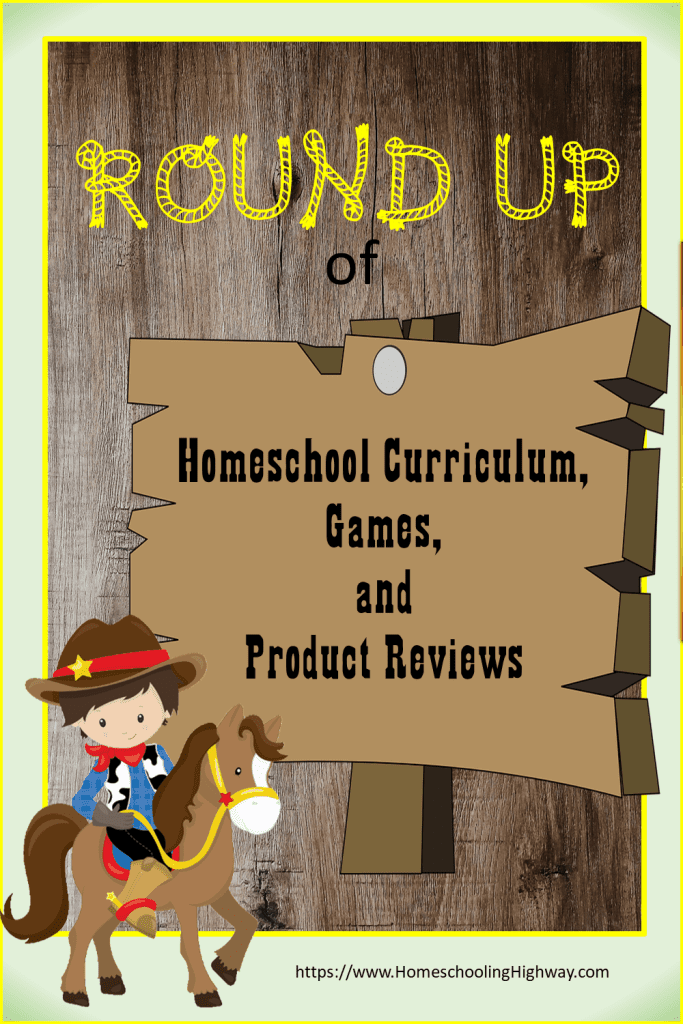
My Round-Up of Homeschooling Reviews is a great place to start reading curriculum reviews.
Here are just a few reviews to get you started but be sure to check the entire round-up to see the entire list.
Bible Breakdown Sheets from Teach Sunday School
Digital Libraries from LightSail for Homeschoolers
Handbook for Writers from Excellence in Literature
CTC Math
Teaching Textbooks (Math)
Scientific Calculator
Budgeting & Stock Market Game
Virtual Science Labs from Greg Landry
Creating a Masterpiece art program
The Homeschool Review Crew has been reviewing homeschool curriculum for many years.
When you go to their site, you can read about hundreds of different products and see plenty of pictures.
These reviews are written are written by different homeschooling moms and each will share different things that they liked or didn’t like about each product.
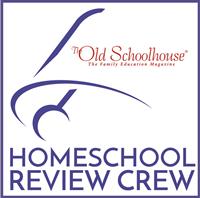
Download or Ask for Samples
Usually, the publisher’s site will have a place to download some samples. This is a great help and I encourage you to do this. If there’s not enough samples for you to look at, just call the publisher.
They may open up and give you a few more pages to look at and answer any questions that you may have.
Talk to Other Homeschooling Parents
Other homeschooling parents and students will be able to give you their thoughts on curriculum. Utilizing other people’s opinions is another great option.
If you’re lucky then maybe, they still have the teacher or student book that you can look at.
Step Six: Putting it all Together
Now, all you have to do is evaluate your
curriculum choices based on
the options that you chose above. It’s like a puzzle.
Make sure you know:
- What subject/topic that you need
- What kind of support that you will
be looking for from the publisher or
in the teacher’s manual for that
subject. - What kind of learning style(s) does
the curriculum cater to. - Do your research.
When you find what looks great and all
the pieces of the puzzle fit well, it’s a
good chance this curriculum will
work for you.

Make Sure to Read Last Week’s “B” Posts
If you missed checking out Megan’s site, here is the list of the wonderful posts that were linked up. I’d encourage you to take a look!
Megan from My Full Heart: B is for Back Burner Subjects
Jennifer from A Piece of Mind: B is for Bittersweet Goodbyes
Kristen from A Mom’s Quest to Teach: B is for Belle Boyd
Kristi from Bailey’s Home School Adventure: Amazing Bible Resource for your Family
Dawn from The Schoolin’ Swag Blog:
Letter B Preschool Activities and Printable
B is for Boxcar Children and Ben Carson
Homeschooling Highway:
Understanding the Basics of Homeschooling
Homeschool Tips that Start with the Letter B
Bible Basics: Understanding the Bible’s Layout
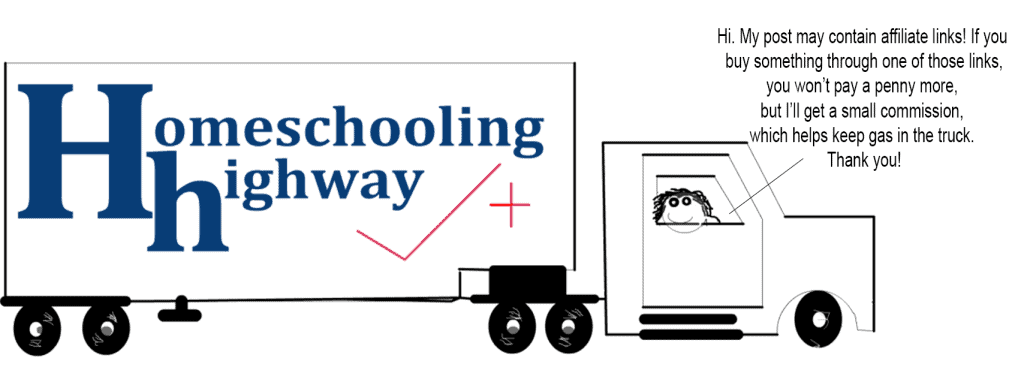
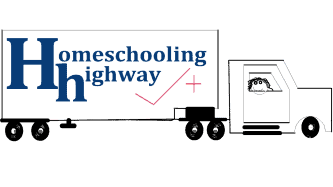

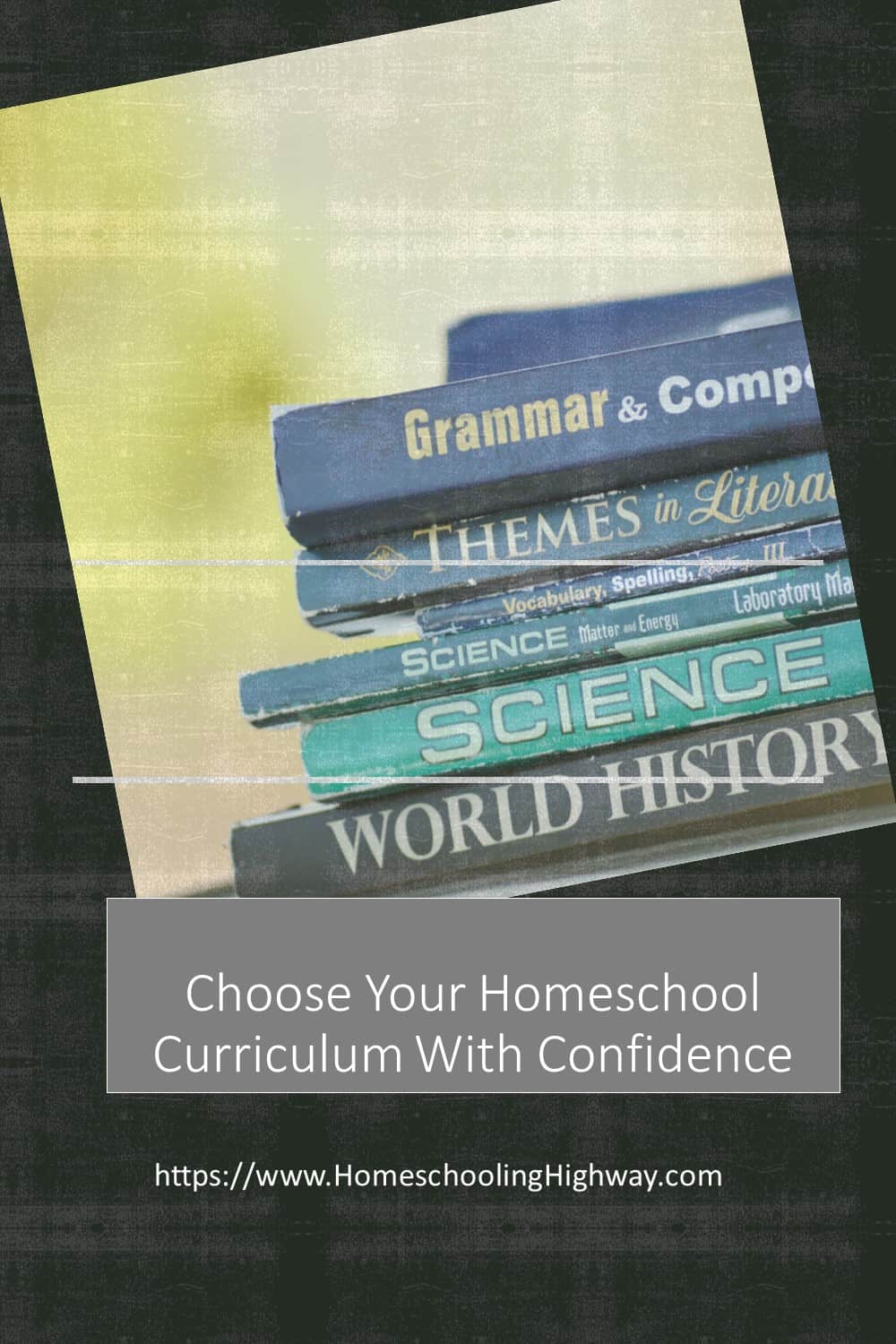


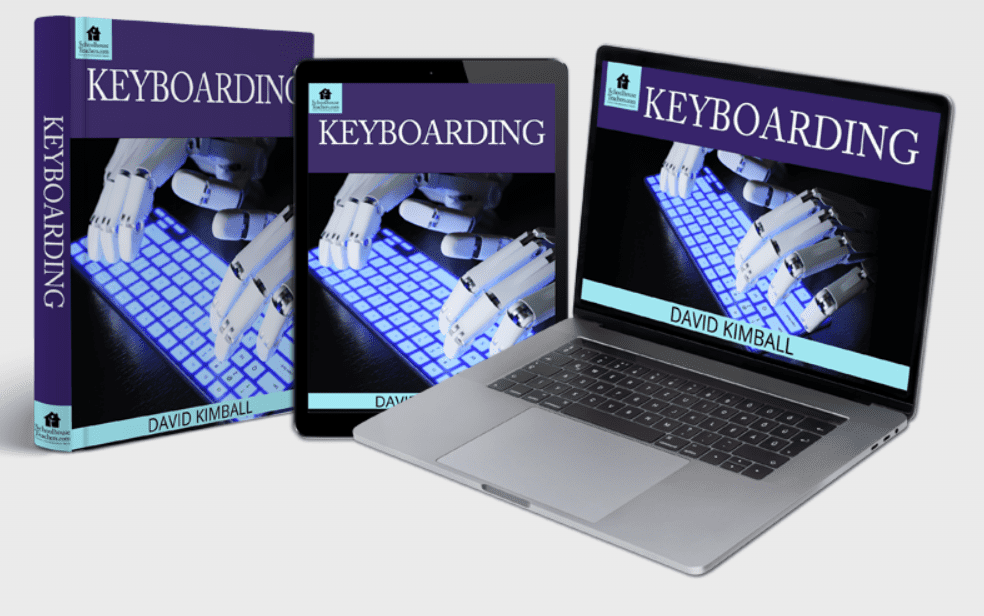
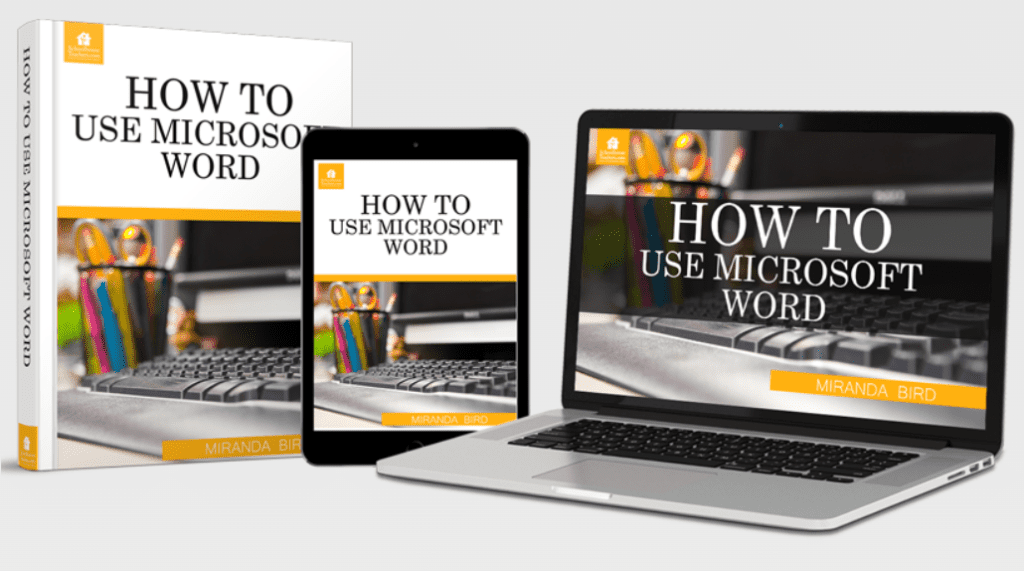
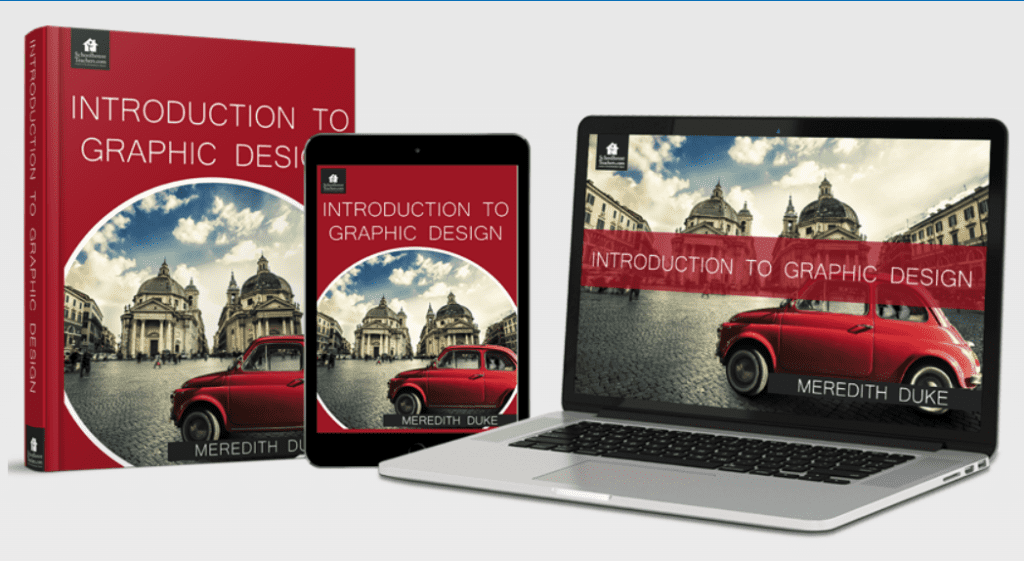




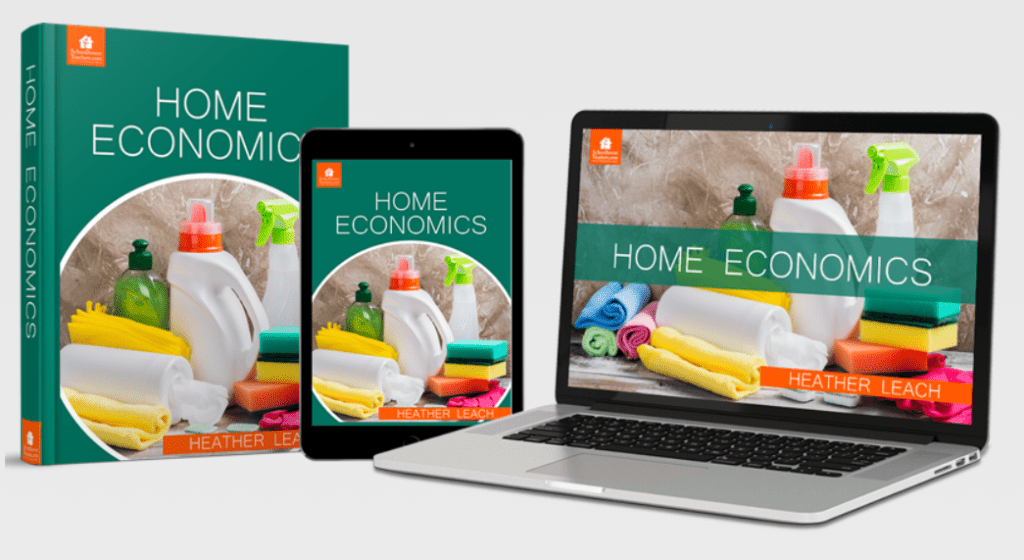

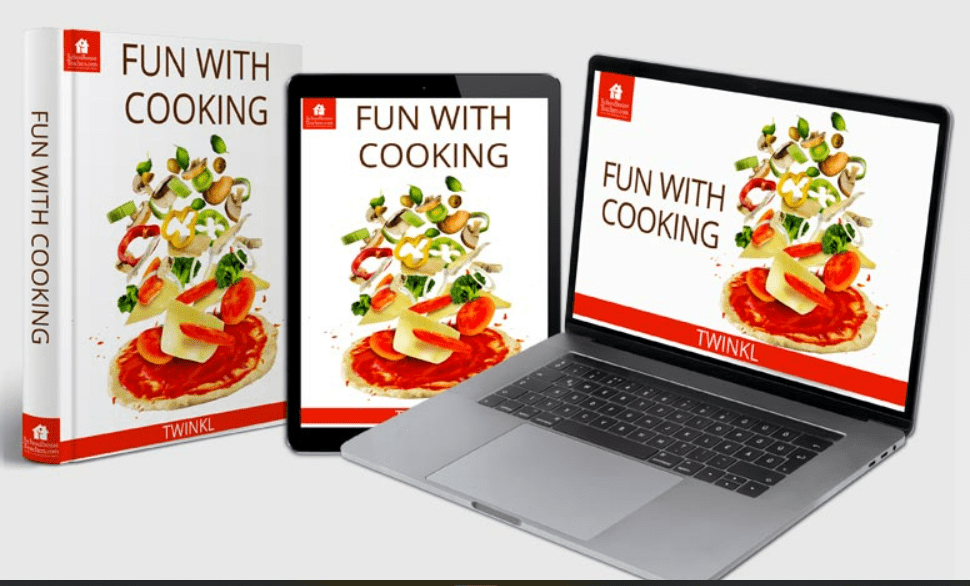


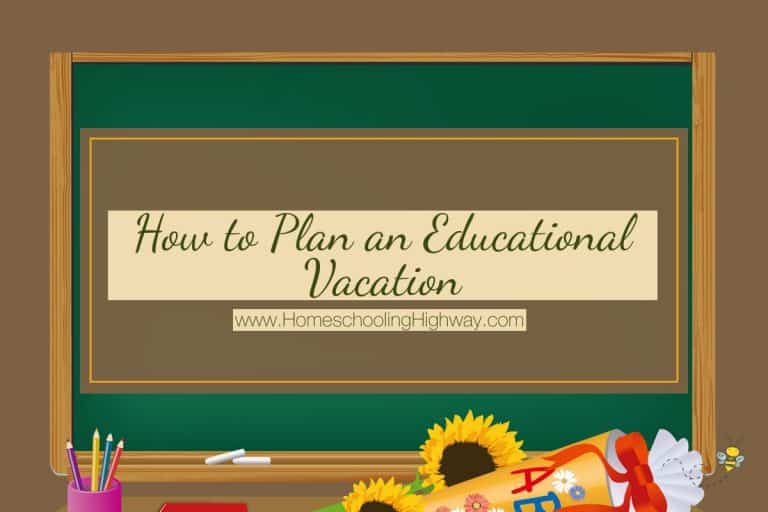
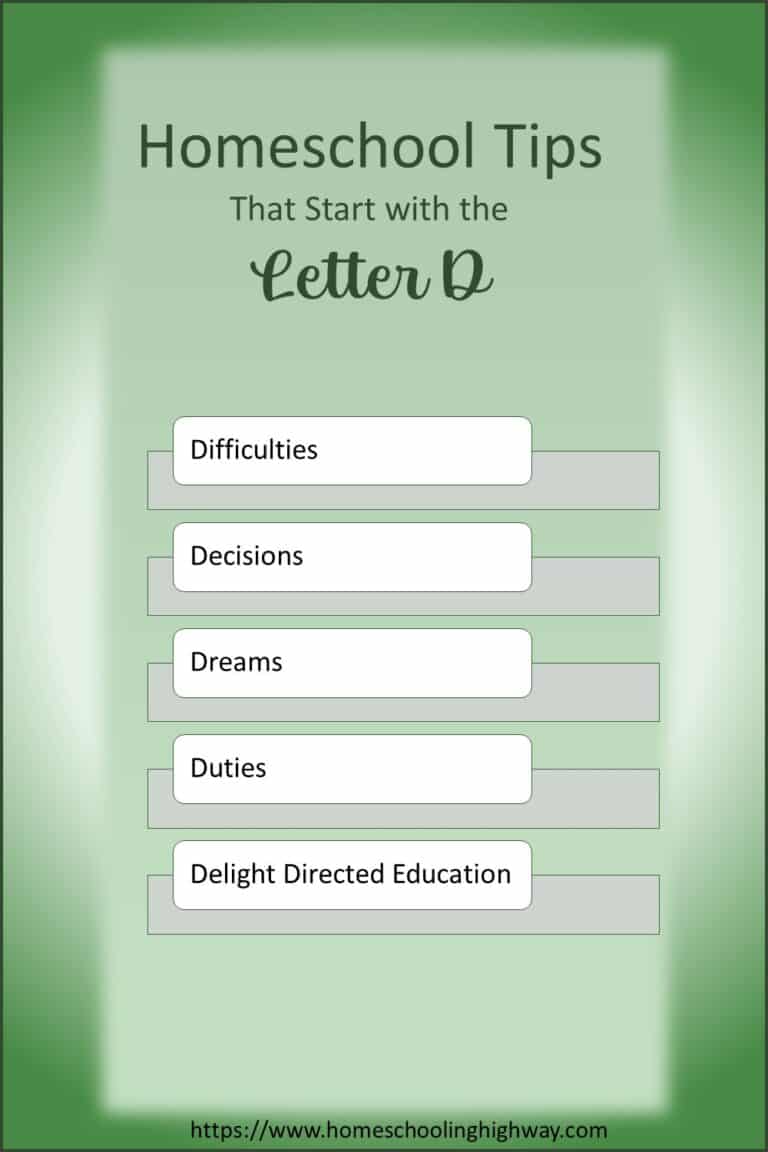

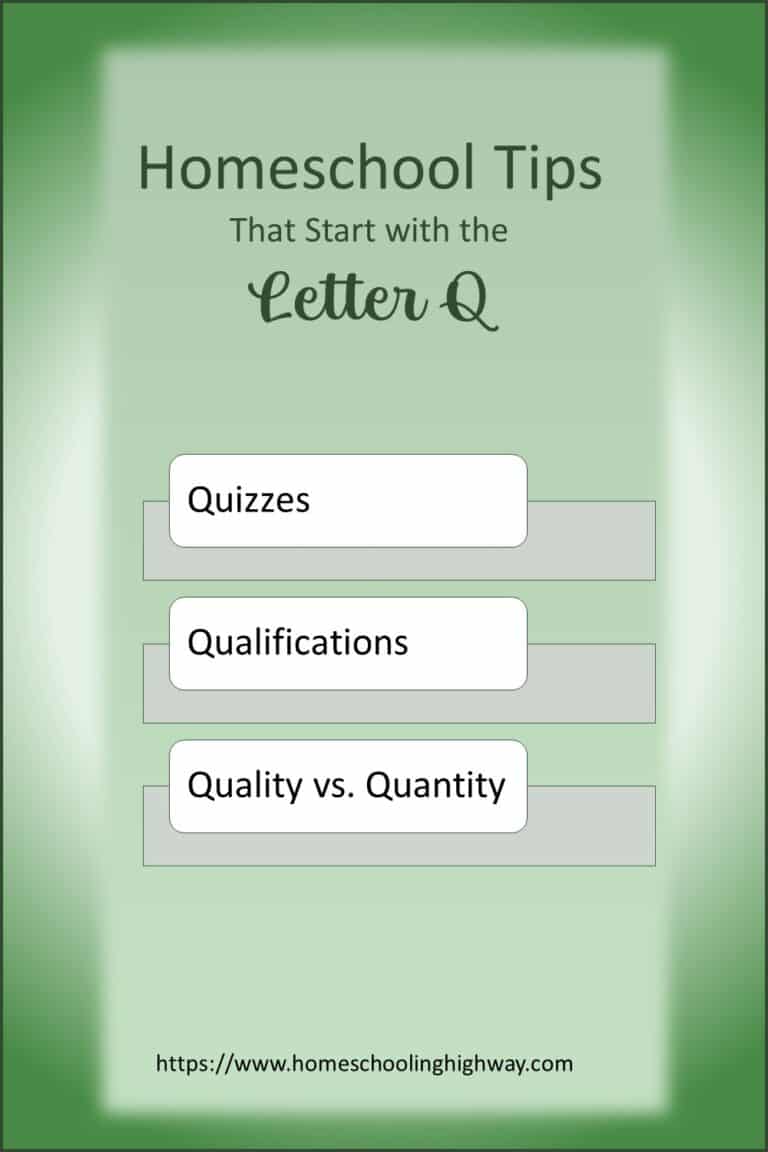
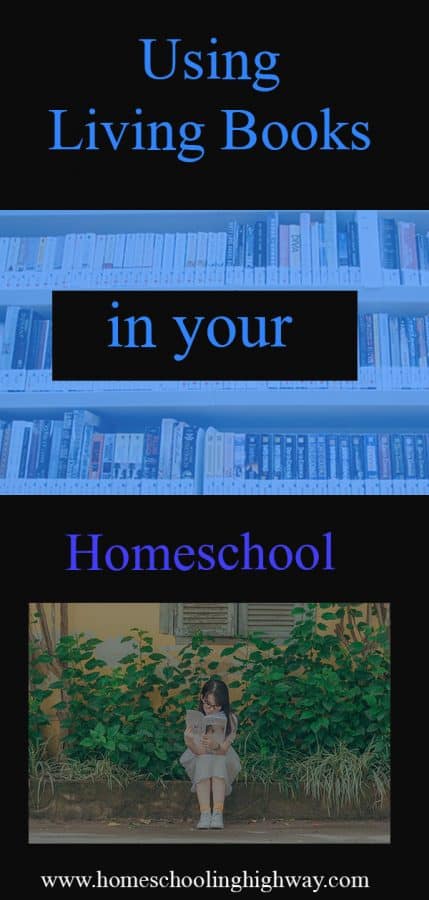
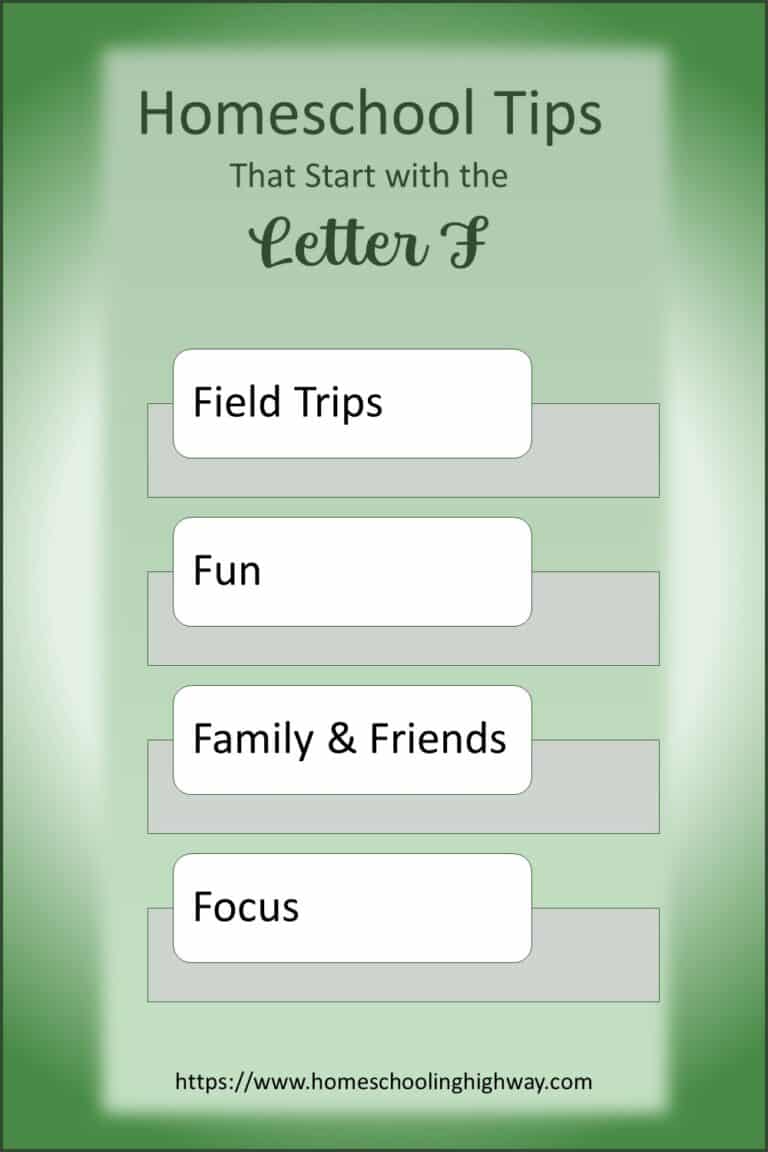
Such a wonderful breakdown of how to prepare and choose curriculum. This is a great guide for new or veteran homeschoolers.
Thank you, Kristen!
These are great tips!
Thank you, Charlotte!
I’ve always had an eclectic style of homeschooling, too. This year was so much fun pulling different resources that I have been eyeing for a while now! We went with a boxed curriculum last year, and while we really enjoyed it, I did miss being able to customize each subject.
Oh, I’m sure. Being able to customize it to you and your kids’ liking is the best. I always enjoyed doing that too.Thanks for commenting, Megan.